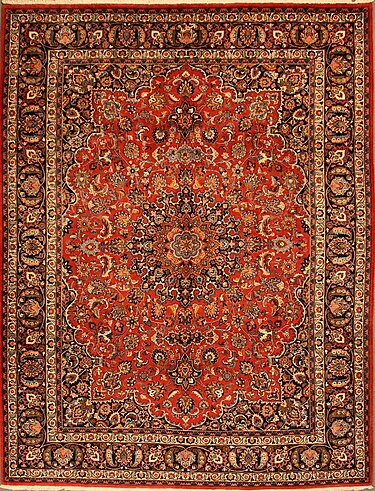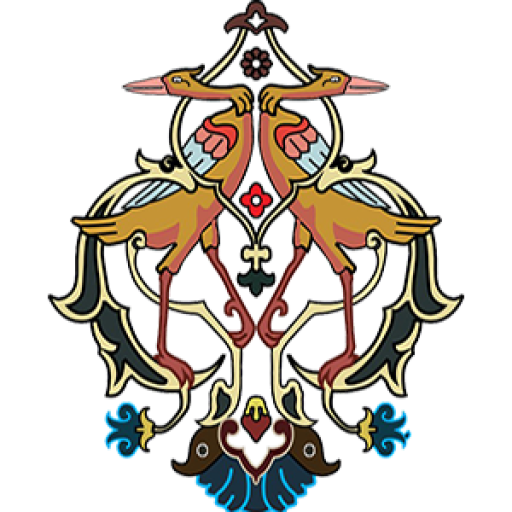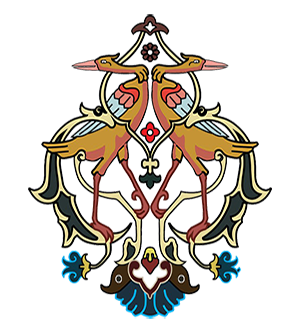Yazd
Yazd, a historic desert city in Iran, has a long tradition of fine carpet weaving dating back to the Safavid era (16th–17th centuries). Influenced by Kashan and Kerman, Yazd developed a distinctive style while preserving classical Persian design. Carpets typically feature medallion-and-corner layouts, floral fields, and motifs like boteh and Herati, with rich madder reds, deep indigos, and ivory accents. They are woven from soft local wool on cotton foundations using natural dyes. During the Safavid, Qajar, and early Pahlavi periods, Yazd carpets flourished and reached domestic and international markets. Other notable textiles include Zilou (Meybod) and Darayi (Yazd Ikat). Today, Yazd carpets are celebrated for refined craftsmanship, balanced colors, durability, and their connection to Iran’s broader cultural heritage, remaining a symbol of Persian weaving excellence.

























